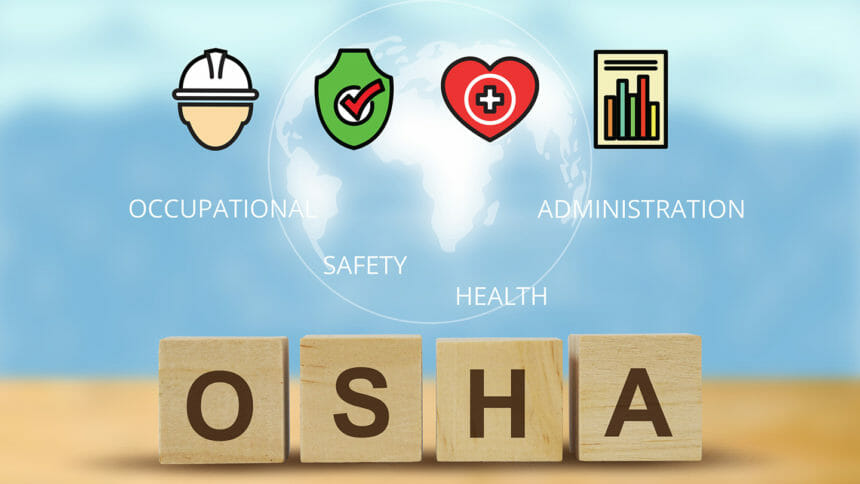The Occupational Safety and Health Administration’s enforcement activities did not adequately protect workers during the COVID-19 public health emergency, according to a new audit report from the Department of Labor’s Office of Inspector General.
According to the OIG, during 2020, OSHA:
- Did not issue citations to enforce the standard for recording and reporting occupational injuries and illnesses in 15% of sampled fatality inspections;
- Lacked complete information on COVID-19 infection rates at worksites;
- Closed inspections without ensuring that OSHA had received and reviewed all items the agency had requested from employers to prove that they had mitigated alleged COVID-19 health hazards.
The OIG previously had noted a significant reduction in OSHA inspections during the pandemic; complaints significantly increased at the same time, however. The OIG said that OSHA did not give reasons for not issuing citations.
OIG recommended that OSHA:
- Provide additional training to certified safety and health officials and enforce the recording and reporting standard for fatalities.
- Update guidance or policy to include supervisory review of inspection files to ensure that they contain adequate support for the reasons regarding citation-issuance decisions before closing inspections.
- Develop a plan, to be used in a future pandemic or epidemic, to collaborate with external agencies on worksite case data and use these data to maximize rapid response and enforcement actions on worksites.
- As part of OSHA’s rulemaking on infectious diseases, require employers to notify all employees of all known positive cases of infectious diseases at worksites.
- Develop and implement a tracking tool to ensure that OSHA receives and reviews all items that certified safety and health officials request during inspections, to ensure that alleged hazards have been mitigated.”
OSHA’s response
OSHA agreed with most of the recommendations. The agency said that it will provide additional training to certified safety and health officials, and it agreed to “update guidance or policy to include supervisory review of inspection files to ensure they contain adequate support for the reasons regarding citation issuance decisions before closing inspections.
The agency also said it would consider OIG’s recommendations in its ongoing rulemaking process for infectious disease prevention in the workplace.
“While OSHA will consider the appropriate scope of the rule in the rulemaking process based on public comments, an infectious disease rule covering all employers would, as a practical matter, be a whole new rulemaking and significantly slow down the infectious disease rulemaking process, leaving healthcare and social assistance sector workers at risk, including at risk of hazards related to pandemics,” OSHA said.
OSHA disagreed with the last recommendation, that OIG hadn’t shown that a tracking tool would have a material impact on inspection effectiveness.



